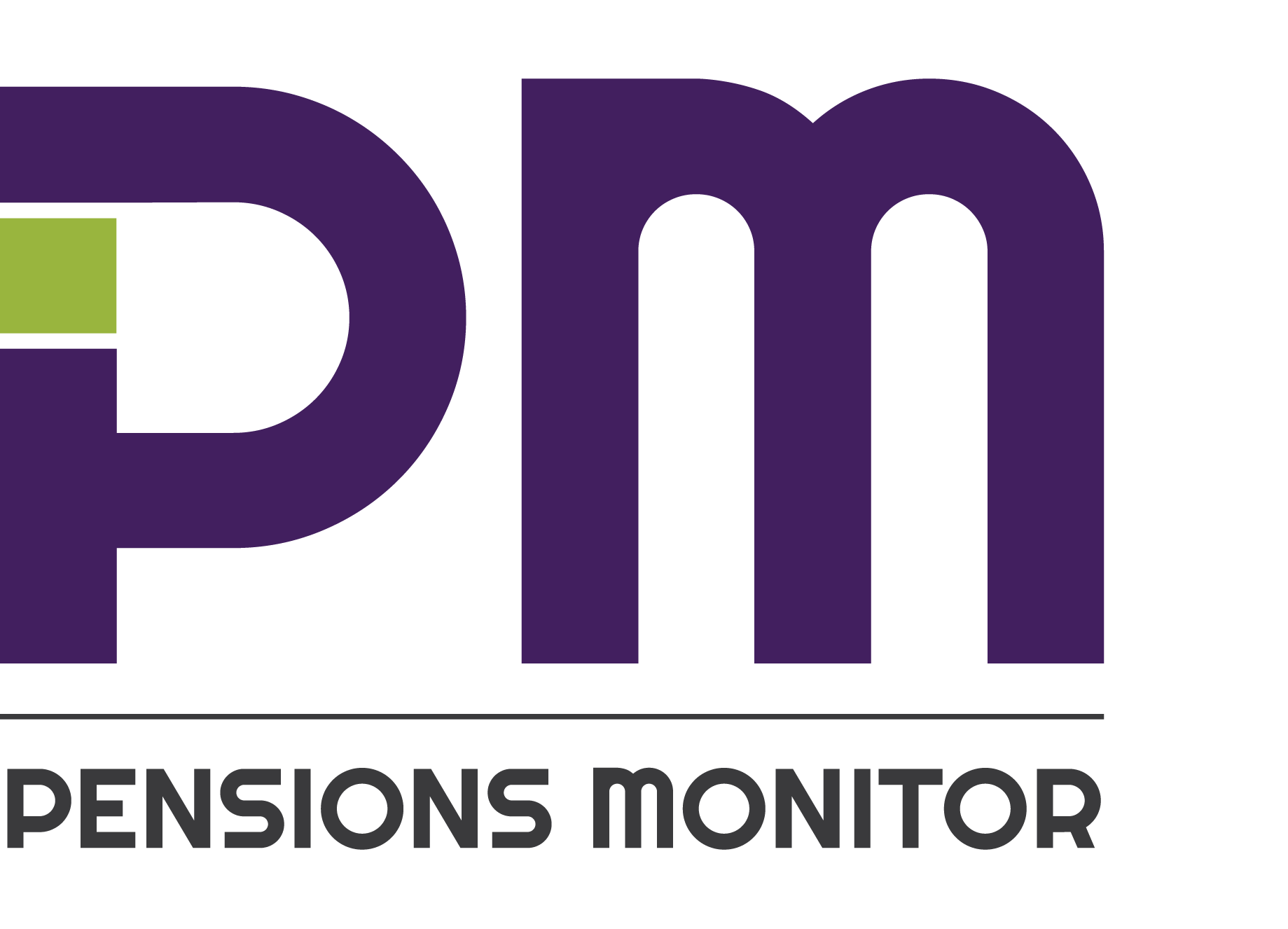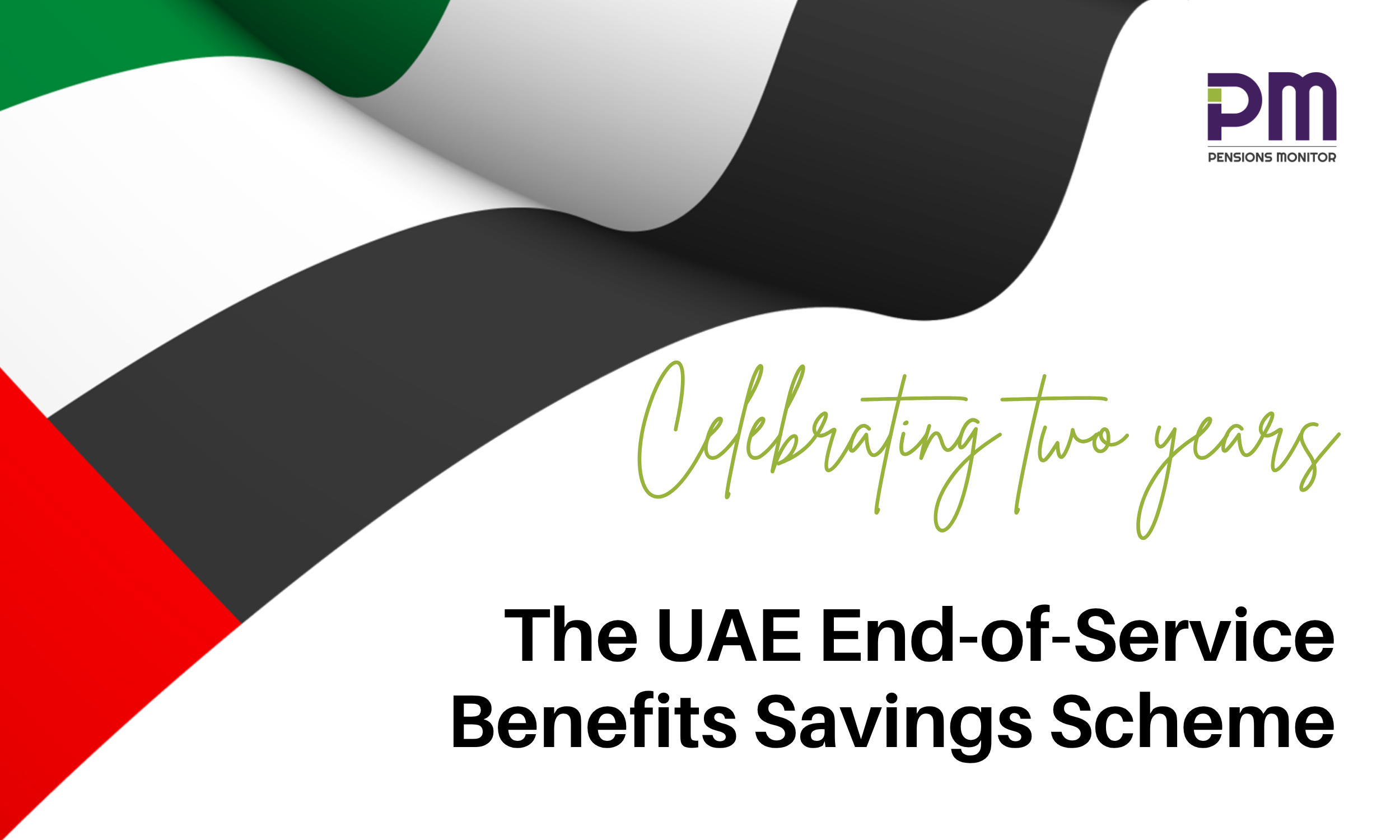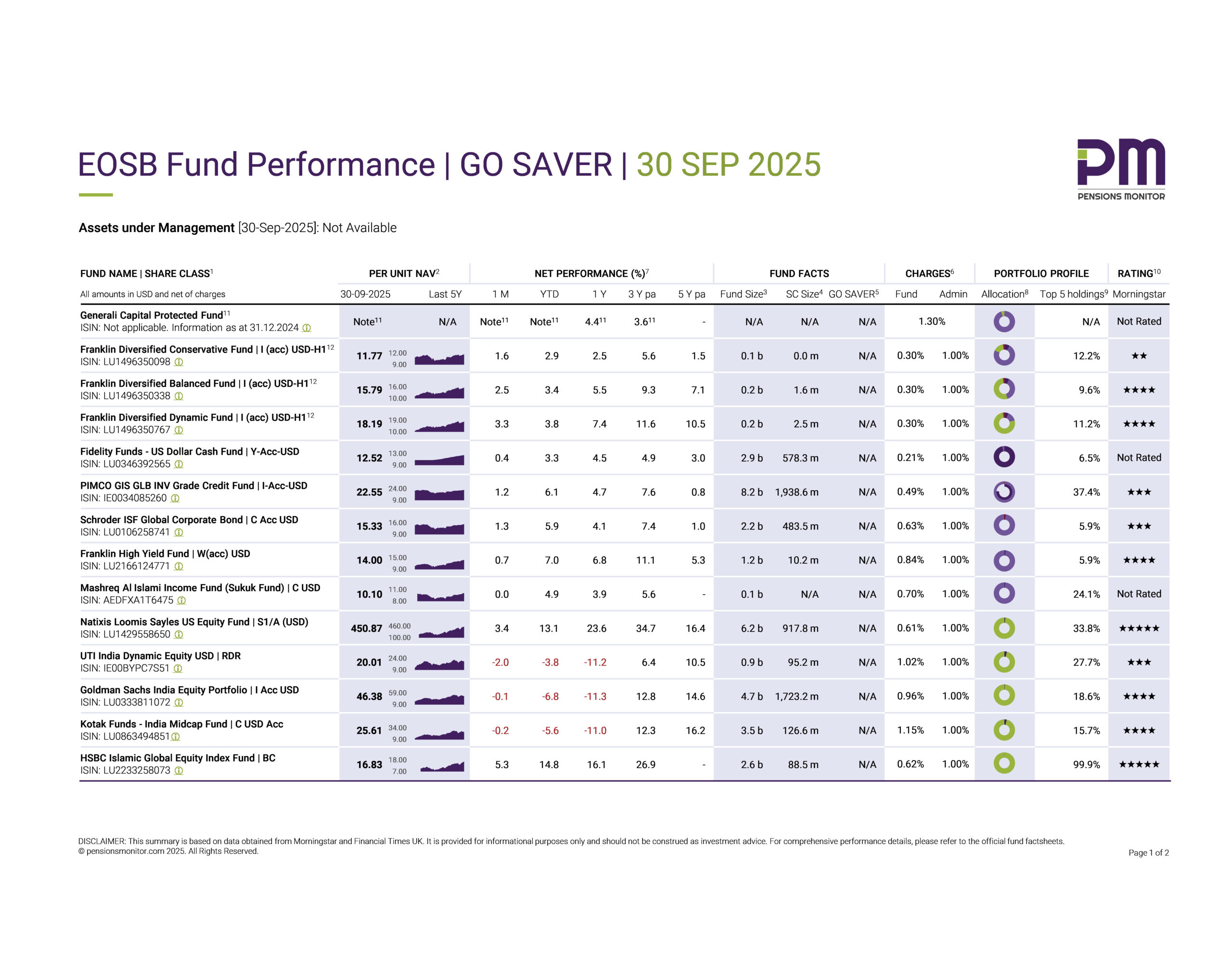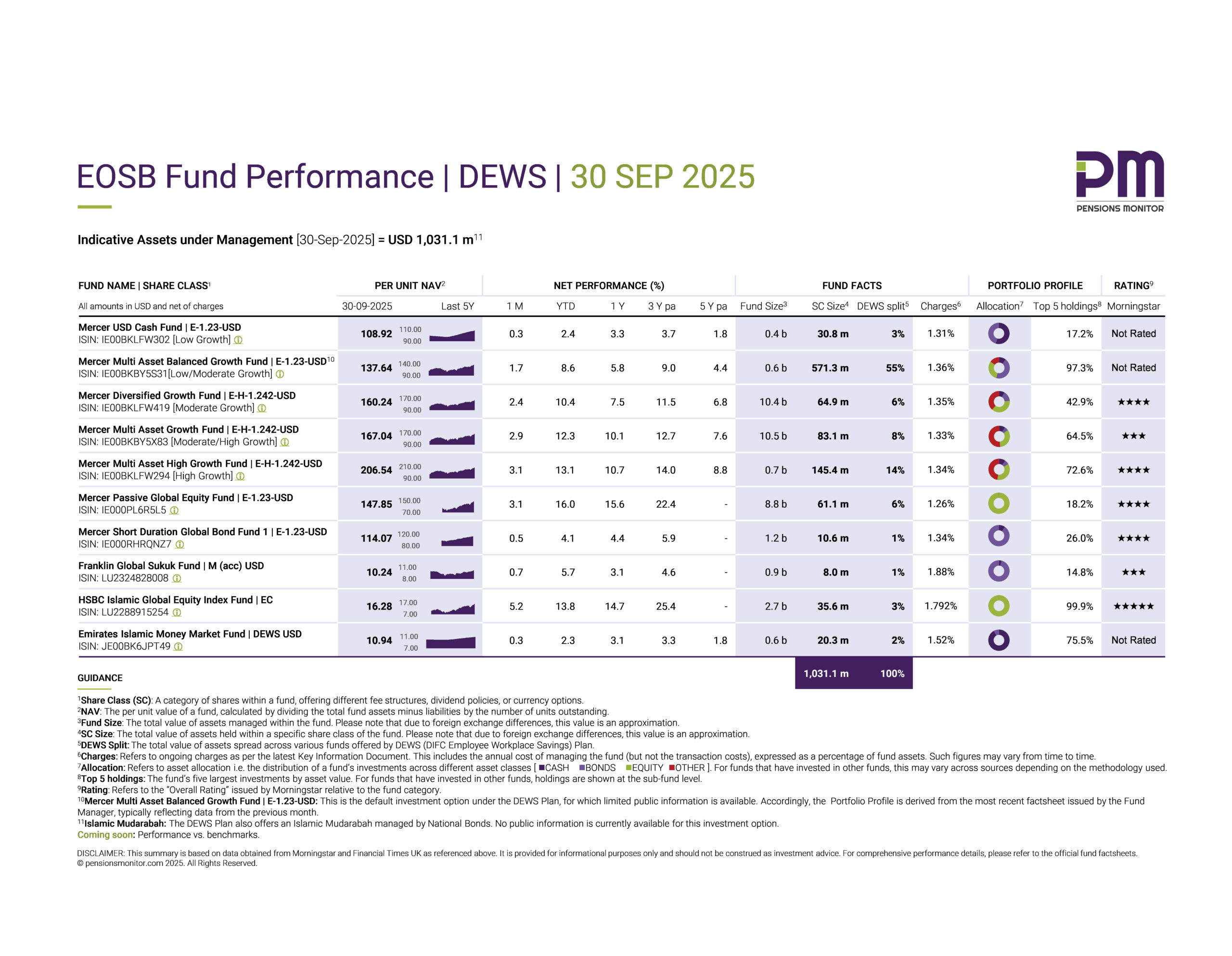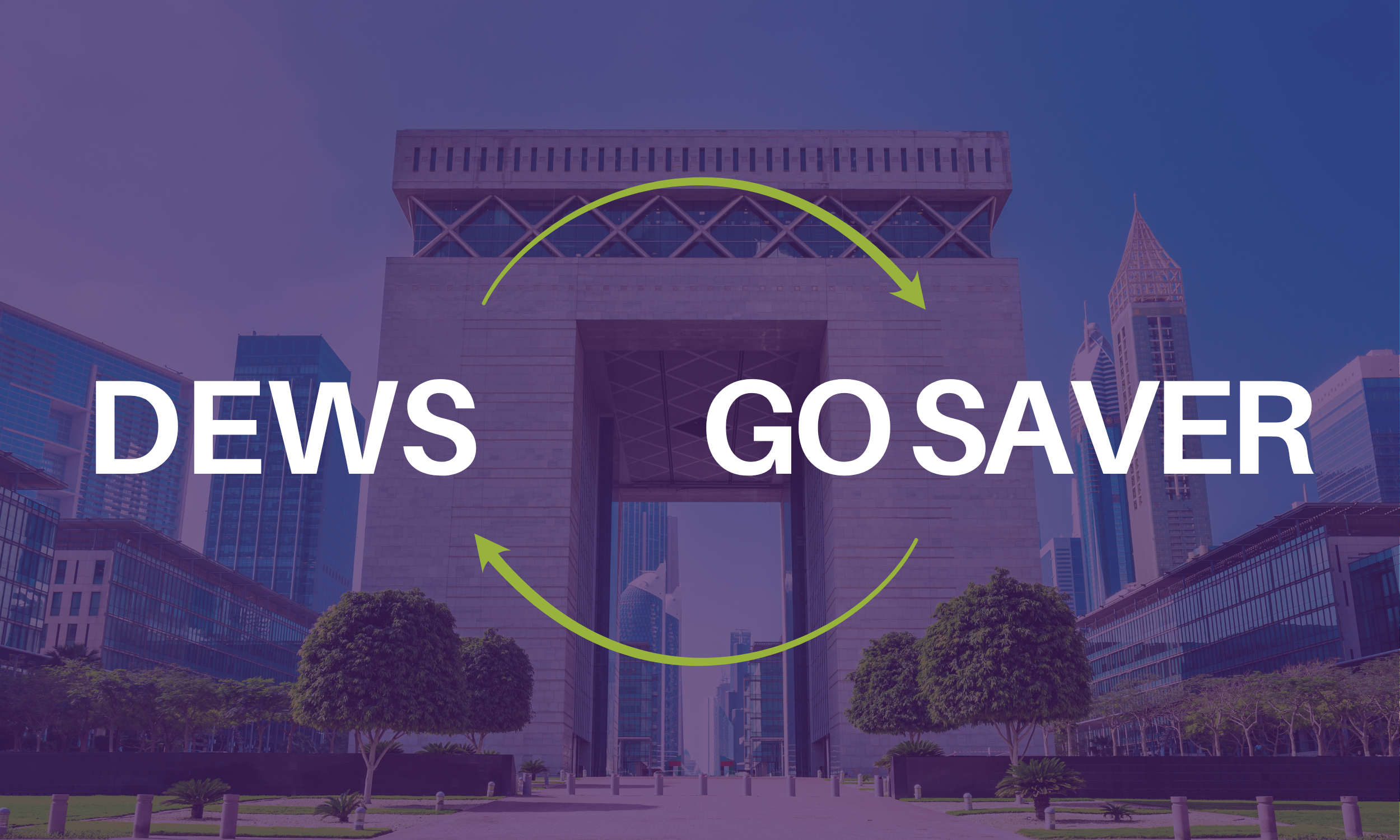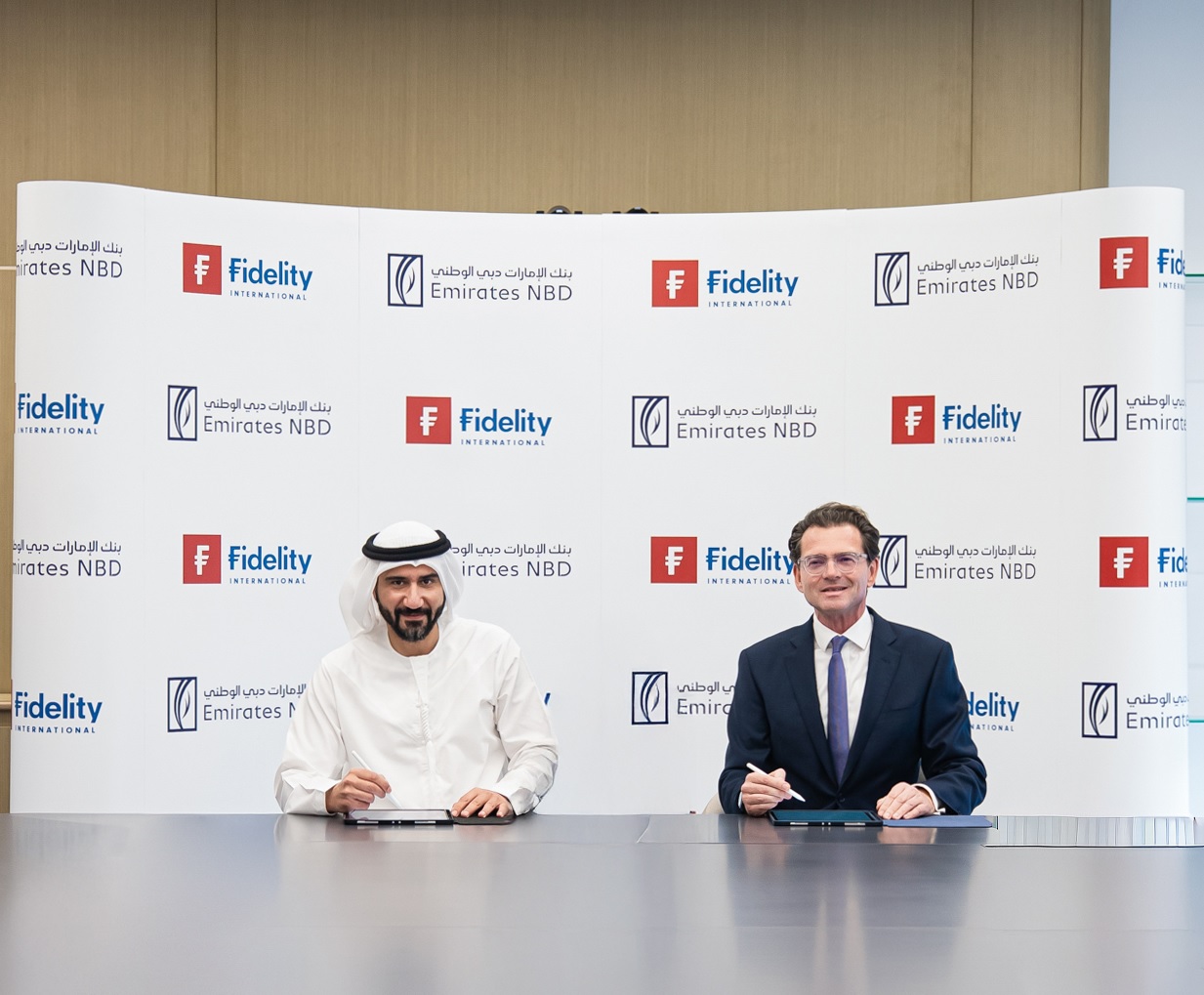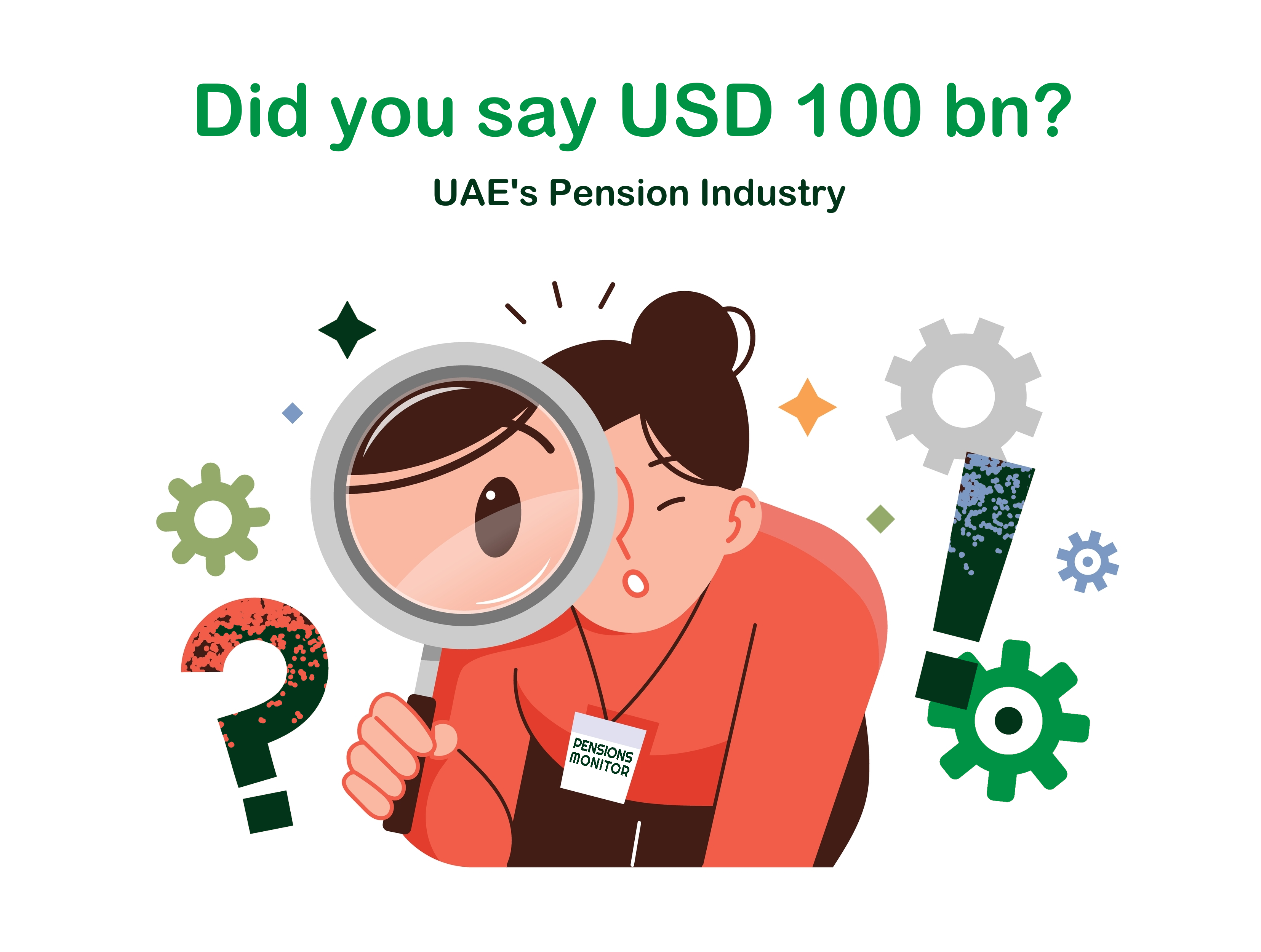
Once the new end-of-service savings scheme (‘EoSS’) takes off in the UAE, and once it becomes compulsory, every month, every single employer will pay a certain percentage of every single employee’s salary into investment funds.
Question: How much money will there be in these funds, after one year, after five, after ten?
The answer to that question is not simple and depends on a multitude of factors. However, with certain assumptions reasonable projections can be worked out.
Let’s assume the UAE’s payroll grows year-on-year by 3% (a combination of GDP growth and wage growth).
Let’s further assume that the investment funds themselves grow year-on-year by 5%, net of charges.
Finally, let’s assume that every year 15% of employees resign, and half of those who resign withdraw their funds (and the remaining half keep their funds invested).
Under these circumstances, if the scheme is compulsory, the total assets under management (AuM) will indeed reach USD 100bn after a decade or so.
Of course one can quibble about the assumptions, but in the medium- to long-term that is the approximate AuM figure the UAE is heading towards. Infact, this figure only covers compulsory employer contributions while the law also provides for voluntary contributions (i.e., extra savings by the employees) that will come on top.
What does that mean for UAE’s financial services industry?
First of all, it means revenues. Similar schemes, like DEWS (the scheme operating in the DIFC) for instance, charge 1.35% on Assets under Management. It is safe to assume that the regulator (the Securities And Commodities Authority, SCA) will try to keep the charges low, certainly for the default “capital guarnatee/low risk” fund, but actively managed funds may attract a higher charge. Say, on average the charges will be between 1.0% and 1.5%. This would translate into additional industry revenues of USD 1bn to USD 1.5bn, annually. This means several additional high-value jobs at fund managers, banks, insurers, consultants, law firms, software companies, regulators, and other stakeholders in this new emerging ecosystem.
Secondly, let’s look at Annexure 1, letter “e” of Cabinet Resolution No. 96 where it states that, “… a percentage of the Investment Fund [must be invested] in local investment products in accordance with the Authority’s guidelines “. In other words, the Regulators have recognised that a good chunk of these funds should be invested locally.
This opens up the opportunity for private capital to help financing long-term infrastructure projects that benefit the UAE economy like railways, desalination plants, transport infrastructure, etc. This is not unexpected and has been happening in Europe for many decades already with significant long-term capital commitments in national large-scale projects in expectation for a steady return.
As such the new UAE’s EoSS once compulsory has the potential to:
- deepen the UAE’s capital markets significantly;
- boost the local financial services industry;
- generate significant extra income for banks, insurers, fund managers and consultants; and
- provide significant capital for long-term infrastructure projects.
Exciting times ahead!
Pensions Monitor will continue to monitor and analyse this new market. Subscribe to our newsletter to stay on top of the latest news and developments.
